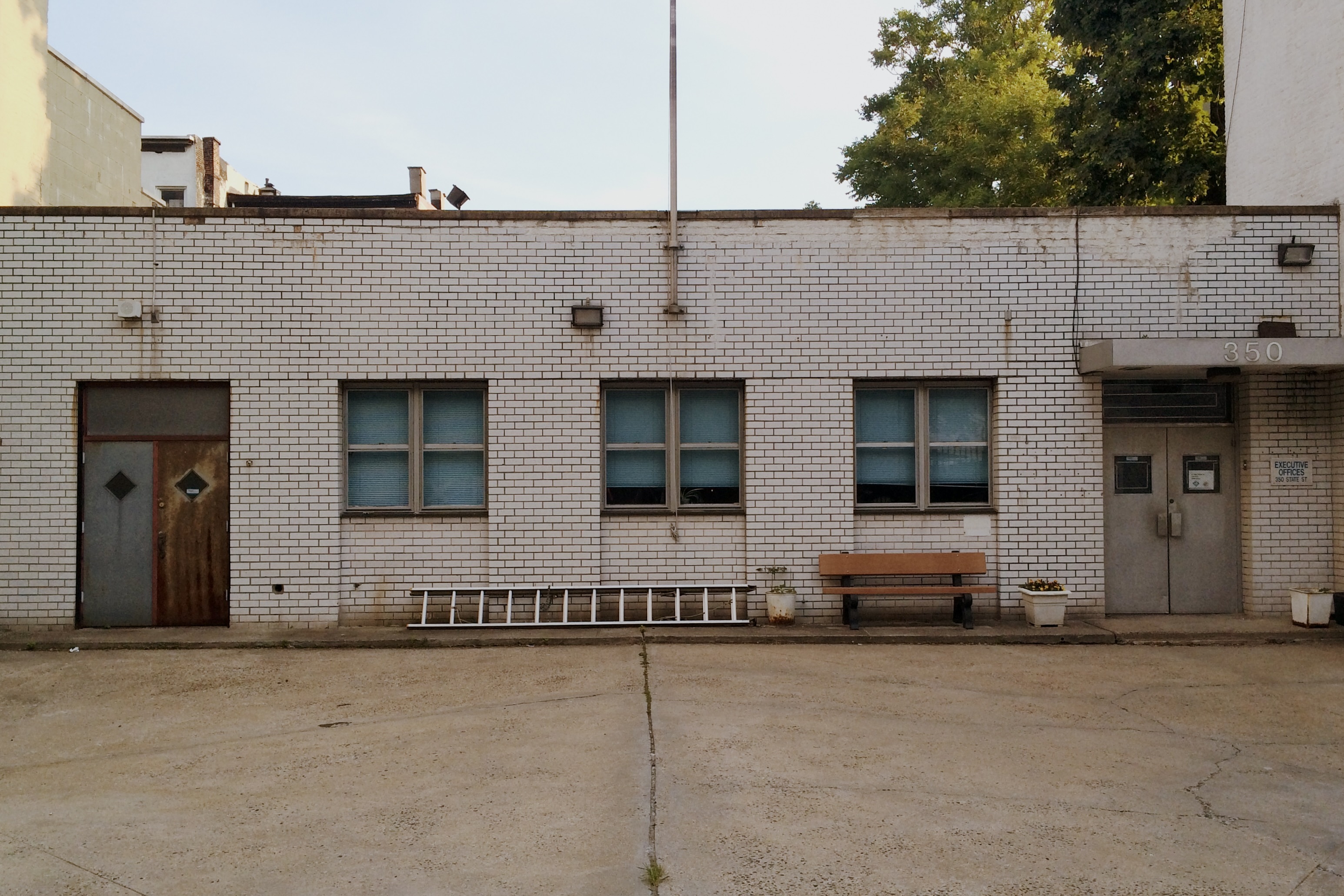Loss Aversion
At this morning's Creative Morning talk, Kirby Ferguson introduced the concept of loss aversion. The focus of the talk was his video series "Everything Is A Remix" in which he produced numerous examples of how original ideas are either copied, transformed, or combined from other influences to make something new. In other words, nothing is purely original. Everything is a remix.
While discussing the reasons people create, Kirby briefly mentioned 'loss aversion', the strong impetus for creation in order to preserve what we admire. We naturally want to protect things we like, whether it is an architectural landmark, an opera, a logo. It's an instinct, and it's one that I surmise all designers subconsciously operate with. As an idea, it's related to our love of sharing, of promoting what we believe deserves a greater audience, what we think should receive more respect.
We use the term 'shame' when talking about art that has been lost to history. As in, "It's a shame that the Buddhist statues were destroyed in Afghanistan." We feel a sadness at the loss of something great. The key is that this loss is subjective. Obviously, the Islamic group which dynomited the statues into rubble felt no love for them; they felt quite differently than I did. Our move towards protectionism is a precautionary measure, because we know that if we don't stand up for what we love, there's a good chance no one will. There's a chance it will disappear entirely.
Loss aversion is also related to the more well known, more academic theory which states that we create in a cycle of consummation and production. We produce to consume, and consume to produce, which was an idea attempting to explain the success of the industrial revolution. As designers we now live in a different world. We aren't producing in efficiency-constrained, mass-production lines. We are a service industry with non-linear processes not often easily defined. The work we make is never a duplicate of what we made before. It now seems to me that making work is like making a child. It's the fornication of ideas. (Don't be creepy.) Influences work because we blend their DNA with ours. When we see work we like, we want to see more of it, and the best, most direct way for that to happen is to make it ourselves. We take what we like and we add ourselves to it, making something new. To call it 'loss aversion' is to view it as propagating the species. We aren't producing as a result of consuming, but as a result of combining. It's like the selfish gene in genetic evolution. We prevent loss by giving birth to new work which was fathered by the work which inspired us. In so doing, nothing is lost, but the family tree is lengthened.
Googling 'loss aversion' returns only results referring to it as an economic theory, wherein the loss is a financial loss. But I think Kirby makes a smart move in connecting it with art. There is a fascinating psychological factor in why we want to save the art we love, why we are averse to losing it. Our most cherished works of art have a different kind of worth. They feed our brains with influence so that we may in turn cherish the work we make ourselves.
